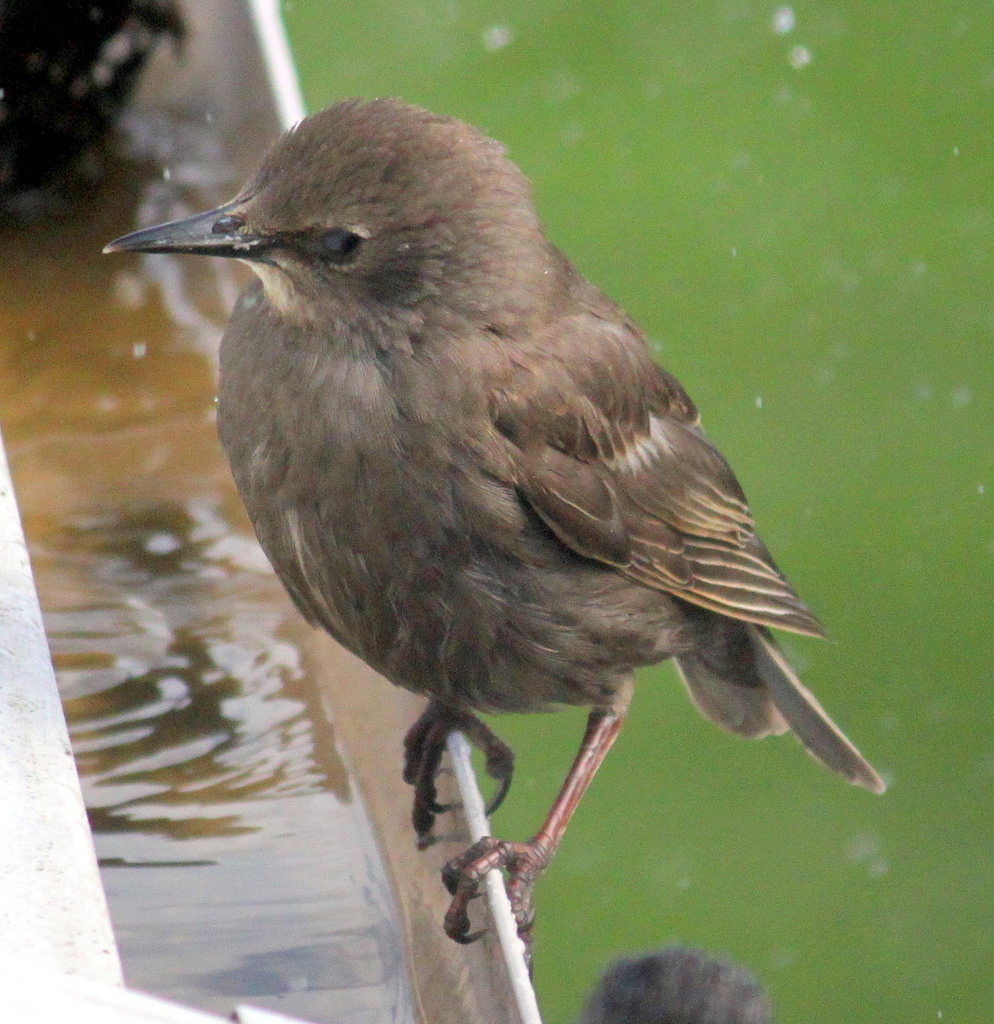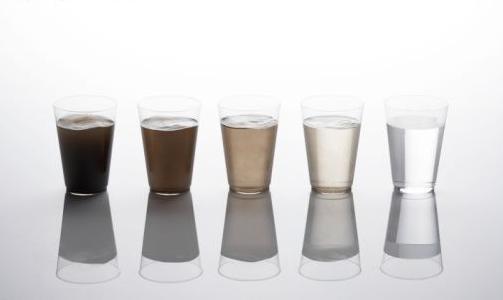Water quality
Individual household water sources, water quality issues, and solutions.
Water Sources and quality issues.
Drinking water, whether it comes from a river, stream, spring, lake, rain or groundwater, it is at risk of being unsafe.
Municipal. This water is generally treated to “potable” quality and therefore contains insignificant amounts of organic matter and has a low occurrence of suspended solids and chemicals. In some locations town supplies are chlorinated due to contamination or may have hard water causing scale buildup or staining.
Rainwater. Rainwater collected and stored in tanks will contain a range of micro-organisms from one or more sources, and these can cause diarrhea or worse in some cases. Most people who use rainwater develop an immunity to the bacteria present, but visitors can be affected by the microbes. Rain washes dust, leaves, mould, insects, and animal waste etc off the roof into the tank. Chemicals such as fertiliser and spray residues may also wash off. The quality of rainwater will vary with the amount of rain and the time since the last rainfall. Colour and odour may be present due to decaying organic matter. Testing is not usually necessary as bacteria will always be present. Rainwater pH is about 5.8, leaves falling on the roof can cause low pH so treatment to raise the pH may be required if staining or corrosion is a problem. Concrete tanks can raise pH, calcium and alkalinity.
Surface Waters. It is necessary to regard surface water as unsafe for household use unless reliable treatment is provided as it is susceptible to contamination from surface activities. The major health risk is microbiological, so E coli must always be tested for. Algae, larvae and eggs plus bacterial slime (which acts as a binding agent), also varying quantities of sand, silt and clay causing turbidity (murkiness). Colour and odour may be present due to rotting organic matter. Surface waters are also affected by run-off from the land after rain. The quality will vary with season, rainfall, etc. Treatment is always needed and filtration will always be required as the first step.
Ground water. A deep bore will generally have little, if any, microbiological contamination and a low concentration of organic matter. The filtration effect of soils as the water trickles down will remove most contamination, and deep water sources (aquifers) have little oxygen to support microbes. Shallow bores and open wells are liable to contamination from surface water, especially if close to septic tank overflows, effluent ponds, dairy sheds, etc. These shallow systems should be treated as if they were surface sources and therefore likely to require treatment, particularly disinfection. Some groundwater supplies have hard water and can contain elevated levels of nitrates, iron and manganese.
Solutions.
What can be done if the water is contaminated? The purpose of treating water is to ensure reliable safe (potable) water for the household. Anything less than microbiological safety is placing members of a household at risk.
Minimise contamination. Periodic maintenance of all aspects of water collection, storage and treatment is a good start. Clean roofing and gutters if the water is stored in a tank, consider having the tank cleaned out and disinfected by a professional tank cleaning service annually. Inspect all plumbing connections, including the inlet to the tank, and overflow pipe. There are many cases of birds getting trapped in tanks and contaminating the supply. Install a settling pipe, first flush or coarse filter between the roof and tank if rainwater is being collected.
Filtration. Water contains suspended particles of different sizes and shapes, both organic and inorganic. Filters remove particles from the water as it passes through a porous medium. The effectiveness of filtration obviously depends on the size of the particles in the water. The separation process begins with identifying the particular properties of the materials to be separated and the differences between those properties such as density and particle size. Filters can be an effective way of removing turbidity and protozoa from water. They will not remove bacteria and viruses, because these are smaller than the pore sizes available. In addition, simple filtration will not remove dissolved contaminants such as colour or minerals, these would need to be removed by a different process. Coarse filters remove suspended matter, and fine filters may remove some (but not all) microbial contamination. Five micron filtration is often used to pre-treat water prior to UV treatment so that the water is sufficiently clear for the UV light to pass through. Filter pore size selection may be a case of trial and error to find the best results and may require single or multiple stages to prevent overloading or when further treatment is needed.
Treatment. To reduce chlorine, colour, odour, chemicals, organic substances and improve taste, activated carbon is used. For other contaminants such as hardness, iron, manganese, nitrate and pH other methods of treatment may be required such as special media, ion exchange, softeners and reverse osmosis.
UV (Ultraviolet). Used to sterilise microbiological contaminants so they are unable to reproduce. UV light inactivates protozoa, bacteria and to a lesser extent viruses. Because effective disinfection depends on UV light reaching the target organism, anything that has a shading effect will prevent disinfection. Requires particulate free, clear water, so usually preceded by single or multiple stages of filtration and often carbon treatment. Hard water or those high in iron or manganese can foul the internals of the unit making UV ineffective.
Chlorination. Still widely used as a disinfection method for treatment of public water supplies. For algae control and arresting any biological growth regular chlorination of water stored in holding tanks is not ideal in most cases and is generally only recommended as a remedial action. Occasionally used to “shock dose” all plumbing when a new filter system is installed. The effectiveness of chlorine is only short lived and will only act on the water in the tanks at the time of dosing. Fresh water added to the tank after chlorination will probably not be disinfected. Chlorine is very toxic, so disinfection must be controlled carefully. (see Treatment above for chlorine reduction)
Placement of systems.
Water treatment systems for individual households fall into two main groups:
“Point Of Entry” – or whole house, where water is treated to provide safe water for the entire house.
“Point Of Use” – where water is treated at one outlet only, usually the kitchen tap.
The above information is to be taken as a basic guide only. If you have a water quality issue or you are unsure of what’s in your water we recommend you have a water test carried out and email us the results so we can discuss options for you. You are welcome to view our range found in the products tab.
We are happy to discuss and provide solutions to your domestic, rural or industrial water quality concerns. Feel free to either send us an email or complete our no obligation request form so we can come back to you.






